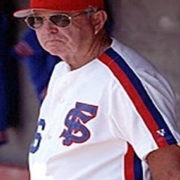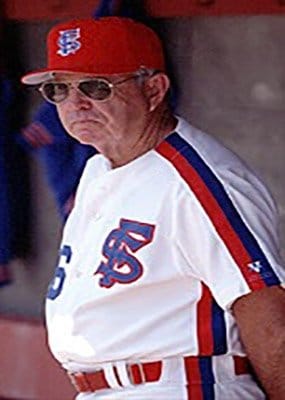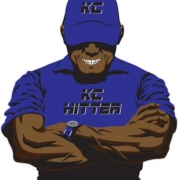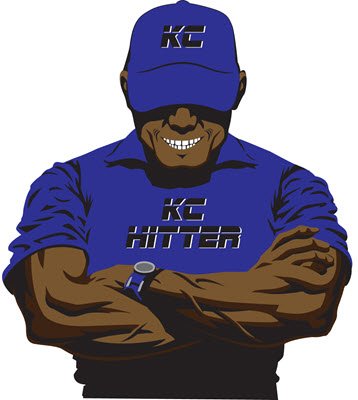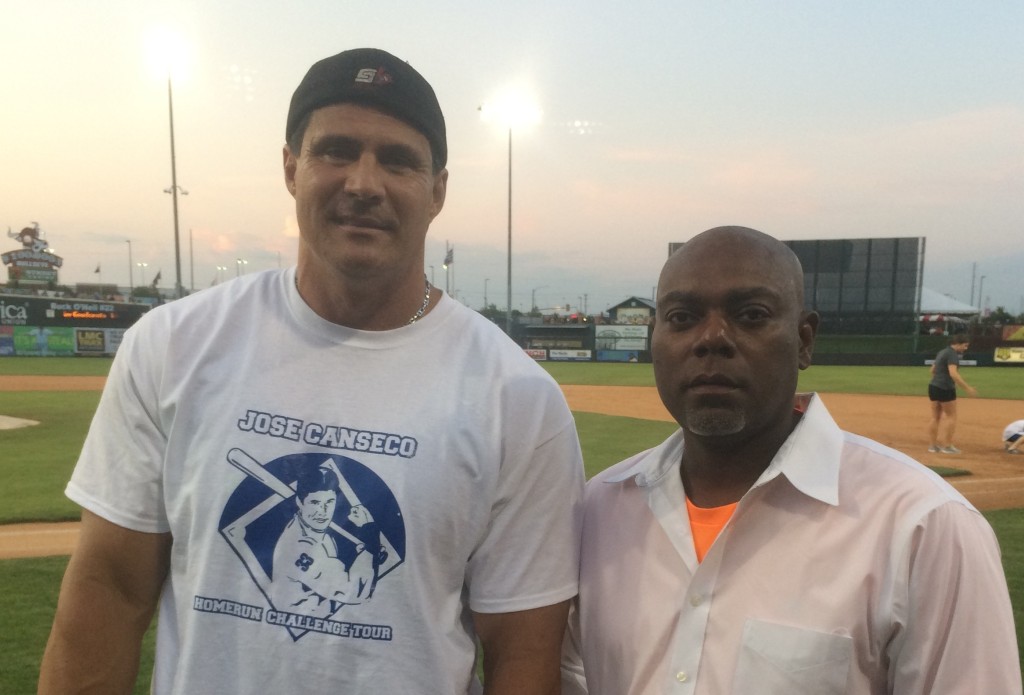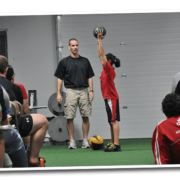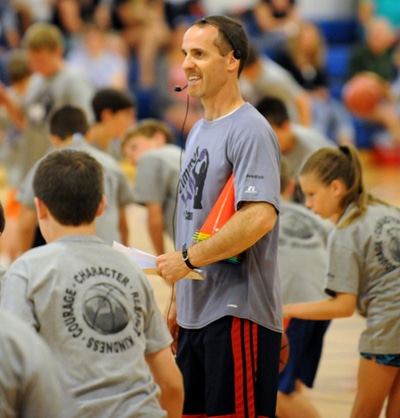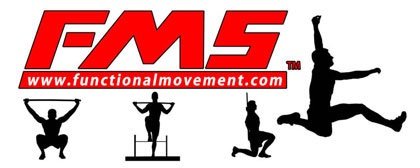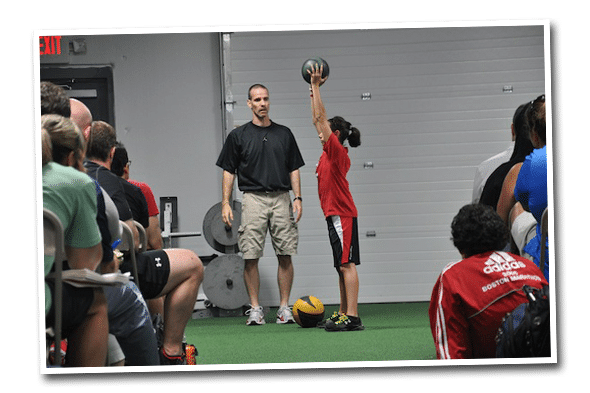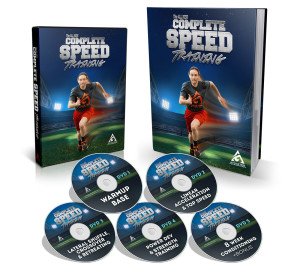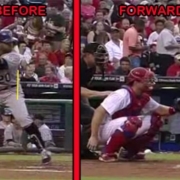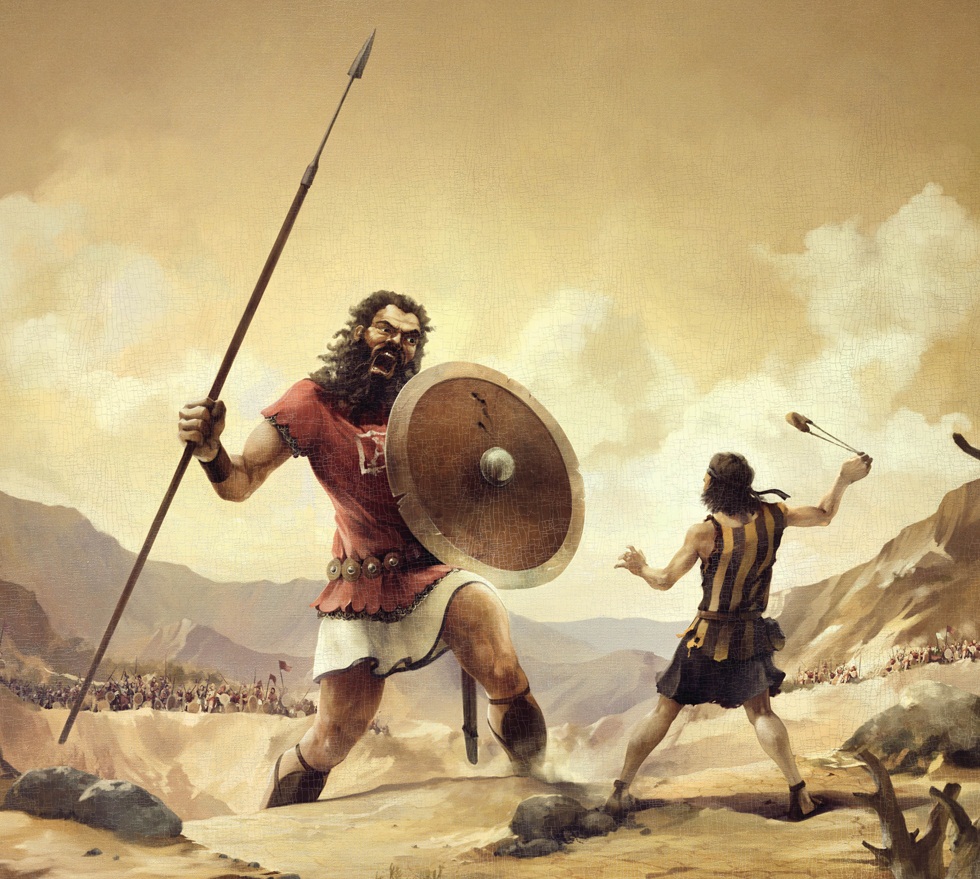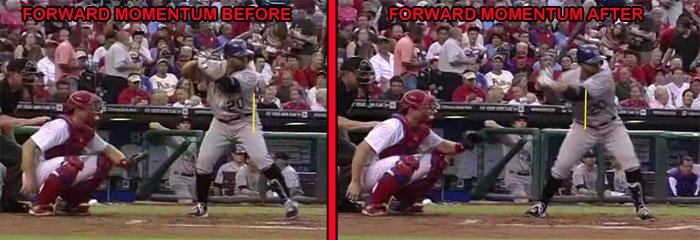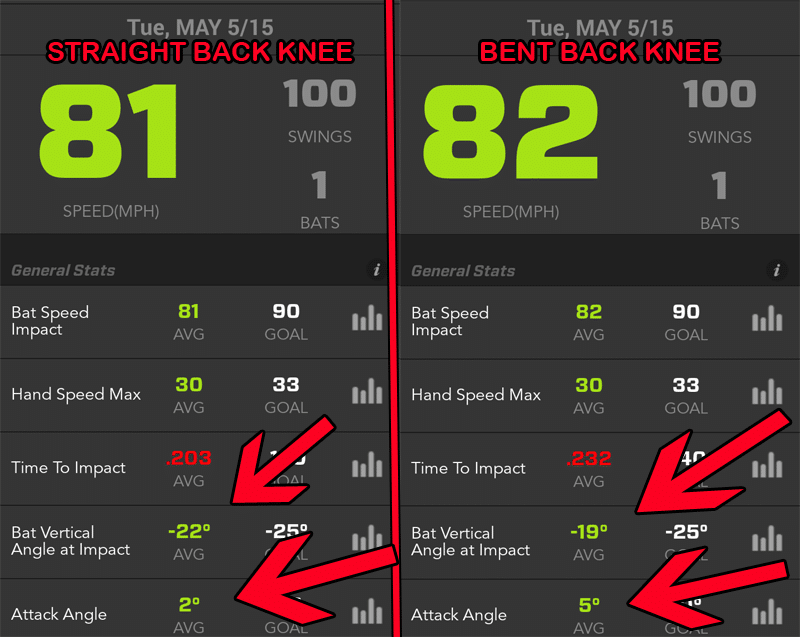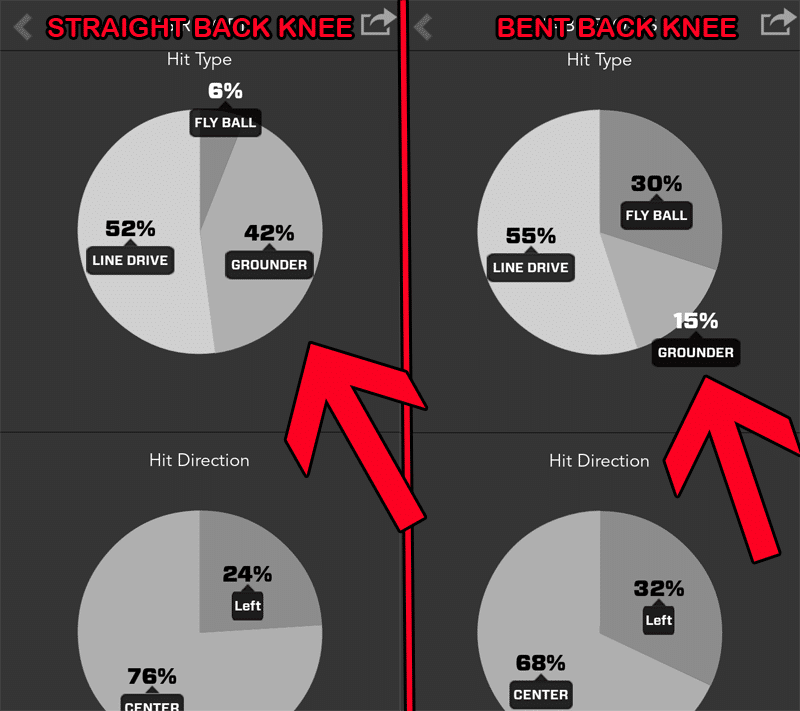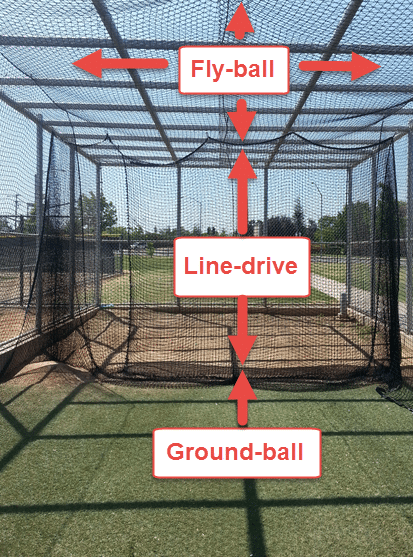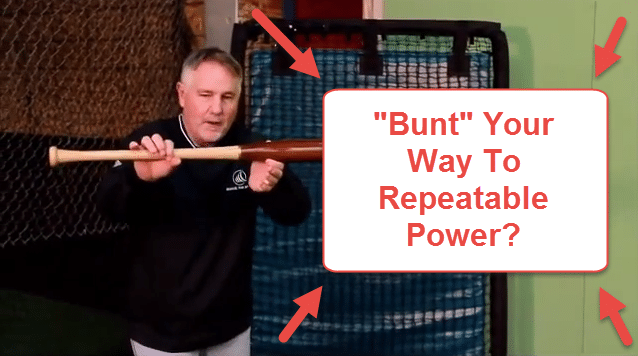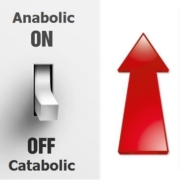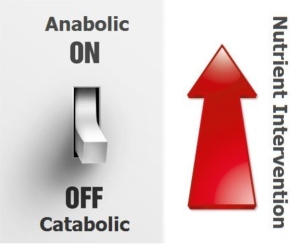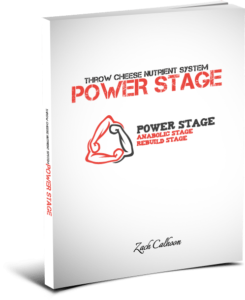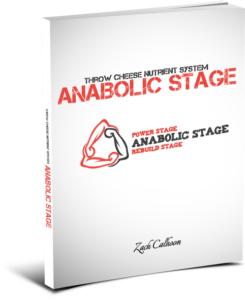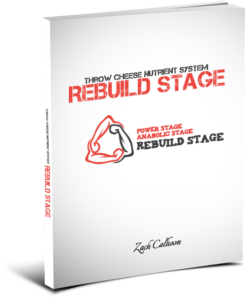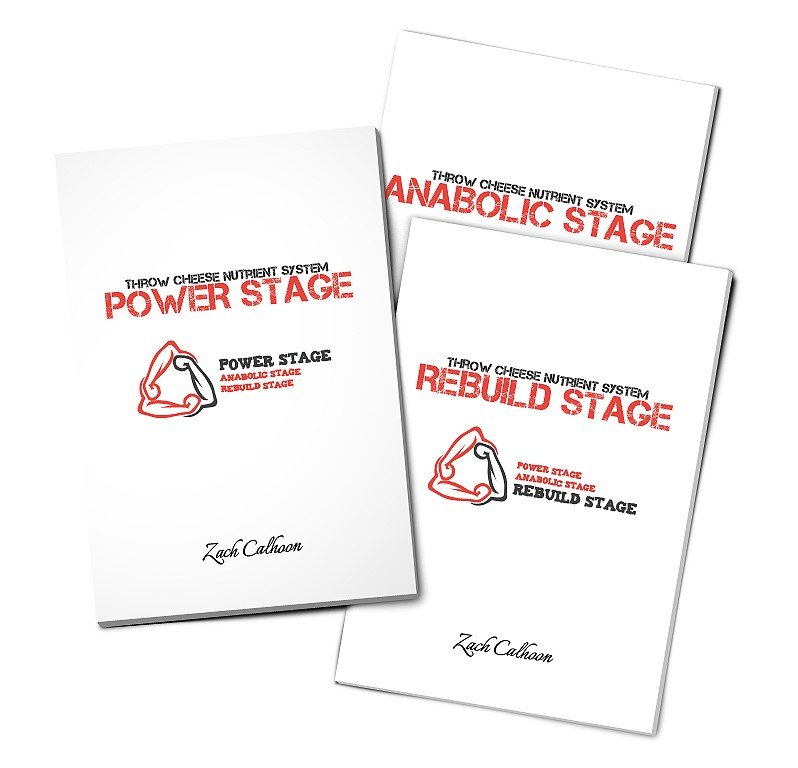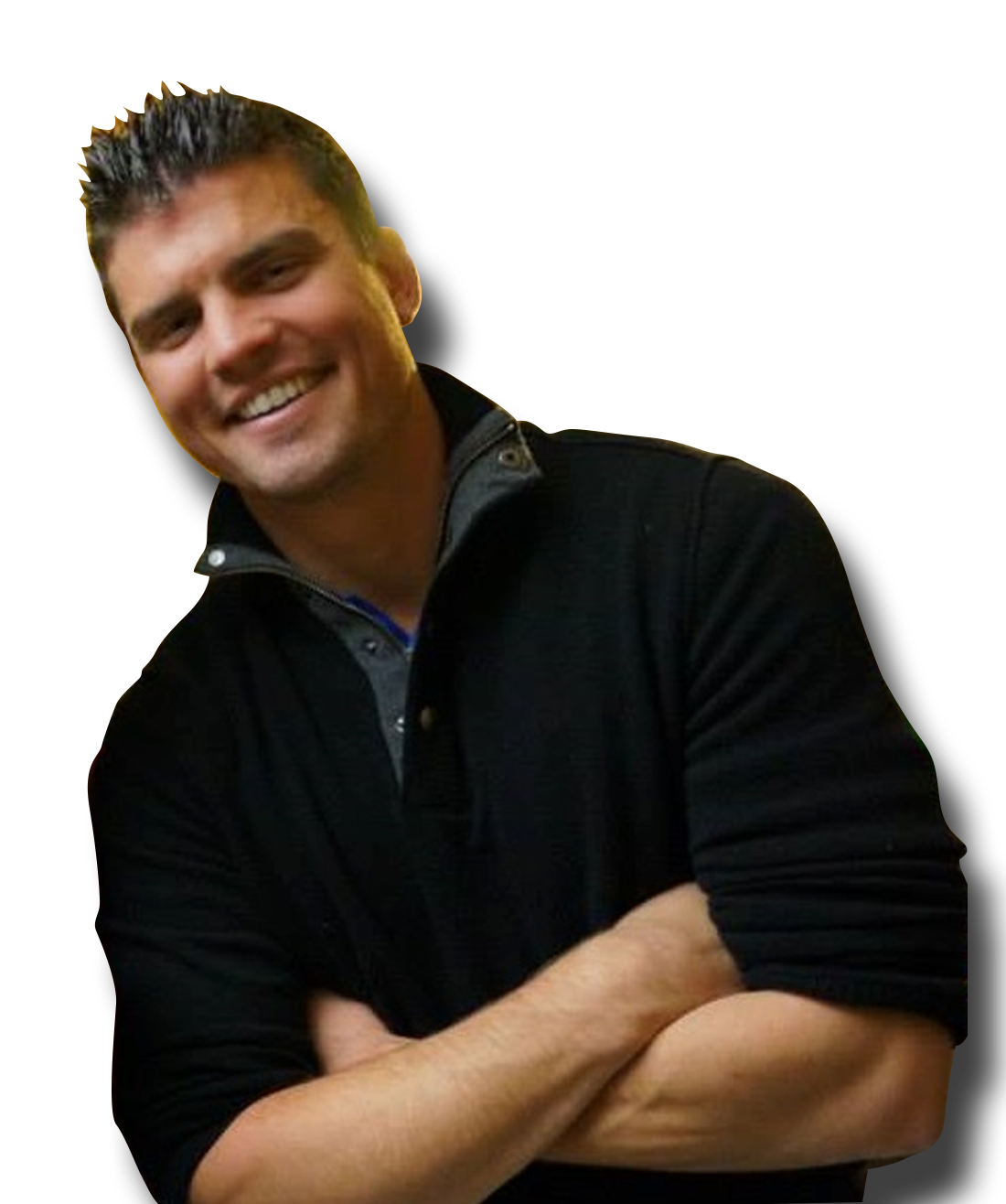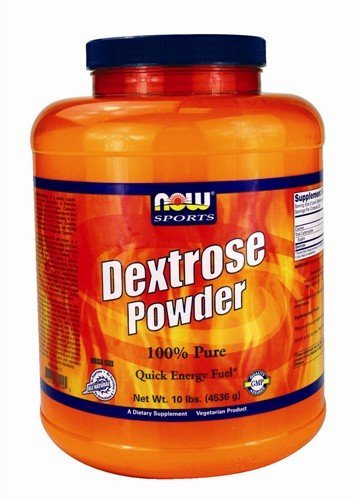This is Part 3 of a 3-part series on gaining power faster through nutrition:
Hey guys,
Welcome back to the third post of this series.
- First we talked about timing your nutrients.
- Then we went into the hormonal changes needed to take advantage of the “anabolic window” right after you train.
Those previous post give great context to this post, so make sure to read them. Then come back here.
You Want To Drop Bombs?
As a baseball player who understands the game, I know strength does not always equal skill. If you are reading this post, you are probably working extremely hard to achieve your goals, or you are coaching young guys who have big goals. Some of you have sons that just want to play in college. That is an awesome pursuit. You should have big goals. And you should pursue them with everything possible.
This Is What You Are Missing
Ask this question to players, “Do you work hard?” Across the board, everyone says yes. Every player assumes they are doing everything they can to achieve their goals. This holds true until you meet someone who works way harder than you.
Then you step up your game, refocus and change your standards. Similar to the story of the 4 minute mile. Nobody thought it could be done, until Roger Bannister made it happen. Now 10+ people have run a 4 minute mile.
Once one guy pioneered it, it became possible to everyone. You have to be the nutrition pioneer for your team. Pushing the boundaries of what is possible. This is how players change their teams and how you can change your future.
Optimizing Your Nutrition
Sports nutrition is a great example of a missing piece. If you get this right, everything in your game will benefit. You will recover faster, grow more lean muscle and output more power at the batter’s box. I can’t help you make contact, but I can dang sure promise you faster growth and more strength. So what should you do?
Do Not “Eat Right”
Do not just “eat right.” When someone tells you to eat right, but they do not define what that means, your action steps get diluted. Most nutrition advice is for losing weight, getting 6 pack abs and increasing overall health. Those are great things for the average person, but that’s not you.
You are a high performance athlete. You may take 100 hacks in the cage then go right to the weight room. You should optimize your nutrition as a high performance athlete. You can get a six pack later….
Post Workout Breakdown
The natural bad response to a workout leads to muscle damage that occurs during and after exercise, activates an immune response which causes muscle inflammation and pain to the muscles that further damages the muscle fiber.
This slows down the reconstruction and growth of the muscle fiber. Some amino acids like glutamine and other branch chain amino acids (also known as BCAA’s) are also depleted after exercise. These amino acids are used up in vital processes during high intensity exercise.
These negative responses to muscle damage can actually result in a net protein loss. The original intention of your training, to gain strength (and hit bombs), is not the natural reaction of your muscles. This potential reduction in muscle mass and strength can hinder your bat speed and hurt your performance goals. Nobody wants this catabolic response.
The Anabolic Switch

There is good news. With proper nutritional intervention, the right nutrients at the right time, you can flip this catabolic state (breakdown) to an anabolic state (building). Which reduces the negative effects of muscle damage, and stimulates a greater protein production resulting in muscle growth and increased strength. The results: you get stronger and recover faster.
Your timing is vital. If not taken serious, you will not see the benefits. Literally “every minute matters.”
We discussed previously the vital importance turning on the anabolic switch after a workout. If you tried this, you should have seen a benefit already in your training. If you haven’t tried it, why not?
The 3 Stages Of Muscle Growth
The anabolic switch is the most important action step to take serious right now. Everything revolves around you making sure this happens. Keep in mind, you can set up your muscles and training before you train. And you can optimize appropriate nutrition availability throughout the rest of your recovery process.
As an athlete who trains regularly, you will use muscle for energy, there is a spike in response, then you will initiate recovery. The Throw Cheese Nutrient System separates your muscle development into three different stages:
- The Power Stage,
- The Anabolic Stage and
- The Re-Build Stage.
The Power Stage
During this phase, the primary objective of the muscle is to release enough energy to sufficiently propel muscle contraction. Either during training or while you are pitching. Most players recognize the importance of consuming carbohydrates during training. Carbohydrates prevent the depletion of muscle glycogen (which extends your endurance) and helps maintain blood glucose levels (which delays fatigue).
The Throw Cheese Nutrient System will tell you more than to just consume carbohydrates during exercise. Research shows, that when you consume carbohydrates with protein, specific amino acids and vitamins, you will experience greater gains than just consuming these nutrients separately.
You will be able to spare muscle glycogen (Your back-up energy storage) and accomplish greater muscle stamina, limit the rise of the hormone cortisol (Reducing muscle damage – I touch on hormones more later VERY IMPORTANT) and help prepare enzymes for faster recovery following your workout.
[Basically, your teammates will be wondering where you get all your energy to keep going and why you are growing so strong. In turn, you will quickly gain velocity on your fastball and have greater stamina on the mound. After a awhile, you will acquire nicknames like “machine” and “super-man.” That is when it gets fun. You will smile and be thanking me.]
The next phase in muscle growth, the Anabolic stage…
The Anabolic Stage
This phase of muscle growth is the 45 minute window  following a workout. With the right combination of nutrients, this phase initiates repair of the damaged muscle protein, and replenishes muscle glycogen stores (where muscle energy is stored).
following a workout. With the right combination of nutrients, this phase initiates repair of the damaged muscle protein, and replenishes muscle glycogen stores (where muscle energy is stored).
Right after you finish a workout, your muscles are extremely sensitive to a hormone called insulin. Insulin is key to muscle growth. Although this muscle sensitivity is high immediately after your workout, this sensitivity declines rapidly. Within a few hours your muscle cells can become insulin resistant (NOT good). If your muscle become insulin resistant you see dramatic slows in muscle glycogen recovery, muscle repair, and creation of new muscle. Don’t let this happen.
As you go through the Throw Cheese Nutrient System, you will learn why the consumption of carbohydrates during this 45 minute window is so important. You will learn about driving muscle glycogen recovery, muscle tissue repair and creation of new muscle (protein synthesis). Also you will learn how protein, consumed without carbohydrates, is less effective! And you will learn why specific antioxidants can boost muscle recovery.
The Re-Build Stage
This stage begins at the end of the Anabolic Stage and continues until your next workout. During this stage the muscle enzymes (proteins that speed up chemical reactions ) help increase the number of contractile proteins (what causes the muscle to flex ) and help increase the size of the muscle fibers (why you look so jacked). These enzymes also help replenish muscle glycogen storage (muscle energy storage) used up during the Power Stage.
The Rebuild Stage is just as vital as the previous two stages. During this phase, you must continue to eat carbohydrates and proteins to maintain optimal muscle growth. Including the correct intervals between consumption. Protein consumed at the right time pays off with huge increases for any strength athlete. Especially pitchers looking to throw gas (Or as a hitter, drop bombs).
If you follow the Throw Cheese Nutrient System, you will be able to sustain a high “anabolic state”, restore muscle energy, repair the damaged muscle tissue, create new muscle, and see fastball velocity gains that will light up radar guns.
How To Maximize Protein Synthesis During Recovery (The Rebuild Stage)
The amount of protein you consume each day is SO important to your overall muscle gain and muscle recovery. There are many studies that measure the exact amount of protein for athletes to maximize performance. Here are two mentioned in the Rebuild Stage…
Body Builder Study:
“In a 4 week study by Fern and associates, they found a greater gain in total muscle mass for body builders who consumed 3.3 grams per 2.2 pounds (1 kg) of body weight of protein versus those who consumed 1.2 grams per 2.2 pounds (1 kg) of body weight per day. So at first glance we see a higher amount of daily protein and a higher amount of muscle mass. But this study also showed a measureable amount of protein that was not retained. Most likely, the group that consumed 3.3 grams of protein per 2.2 pounds of body weight had exceeded the amount of protein that can be used for protein synthesis.”
Athlete Protein Study:
“A study published in the Journal of Applied Physiology by Tarnopolsky and colleagues measured athlete’s entire body protein synthesis based on per day protein consumption. The athletes consumed either consumed .9 to 1.4 grams per 2.2 pounds of body weight. Or they consumed an increased 2.4 grams per 2.2 pounds of body weight. In this study, they did NOT observe an increase in protein synthesis.”
These examples are only 2 out of 5 examples shown in the rebuild stage. The great thing about studies like this, is you can learn from them and test them on yourself.
So how much protein should you consume each day?
It depends on your weight and your performance goals. A full comprehensive guideline for your recovery and macronutrient profile is laid out clearly in the Throw Cheese Nutrient System.
What Exactly You Should Do
You need to try out this course and start to implement the findings. Joey asked me to write these posts because he cares about you guys. He actually wants you to get better. After lots of discussion, it’s clear to me, you are all in good hands.
There is two types of responses to an educational course like this one.
- Reaction 1 – Try it, learn and grow as fast as possible. See measurable improvement by measuring the right performance indicators and controlling your nutrient intake at the right times.
- Reaction 2 – Uncertainty and hesitation. The first type of people succeed in baseball. The second type will continue to struggle and forever be scared to try anything.
How To Change Your Muscle Forever
The simplest way to know if you are doing the right thing for your athletic career, is to try it. Test it out. Call me out if you do not learn something. I believe in these courses and I know it will help you.
Click the link below, scroll down to the bottom of the page and buy the course and start to change your nutrition optimization today.



-Zach
P.S.: If you want more information about me, check out www.pitchersthrowcheese.com and sign up to my newsletter. Or email me at zach [at] pitchersthrowcheese [dot] com
P.P.S.: Thanks for reading. Share this with a friend.
P.P.P.S.: What are you waiting for, grab your own copy of the Throw Cheese Nutrient System–> Click here
” by Dale Carnegie
” by Stephen Covey (Particularly Habit #5: Seek First to Understand, Then to be Understood), and
” (CLICK HERE for an audio interview I did with Coach Bennett on coaching)
“
“
“
“



